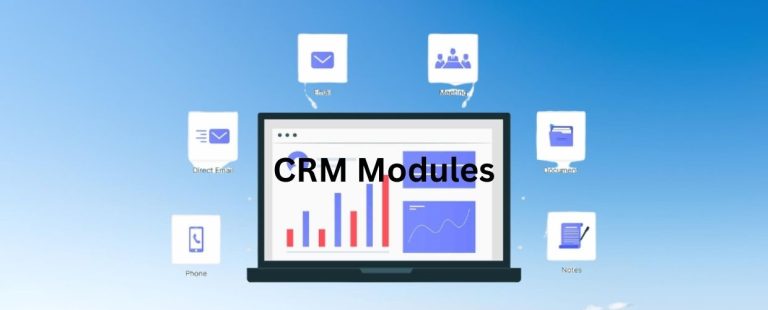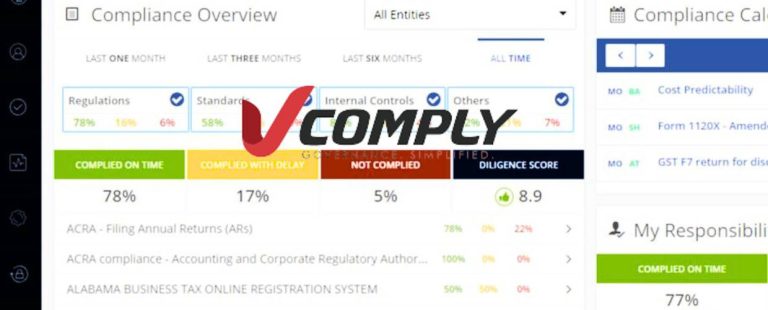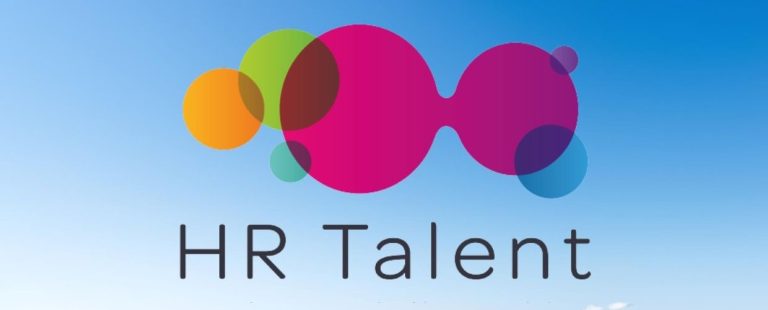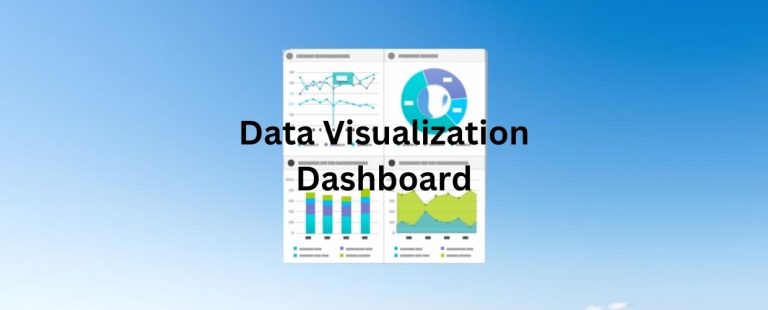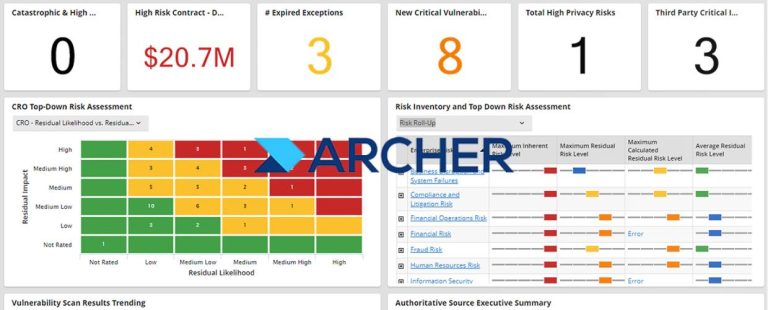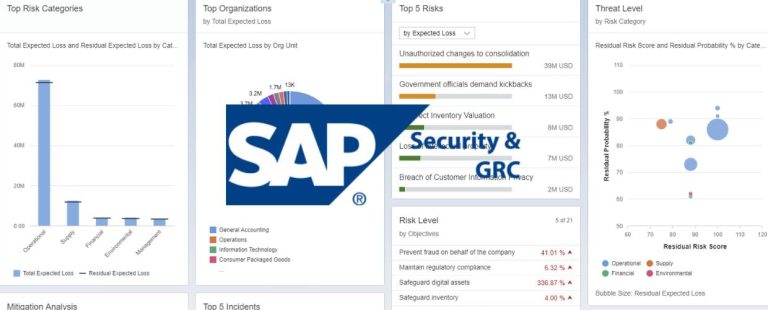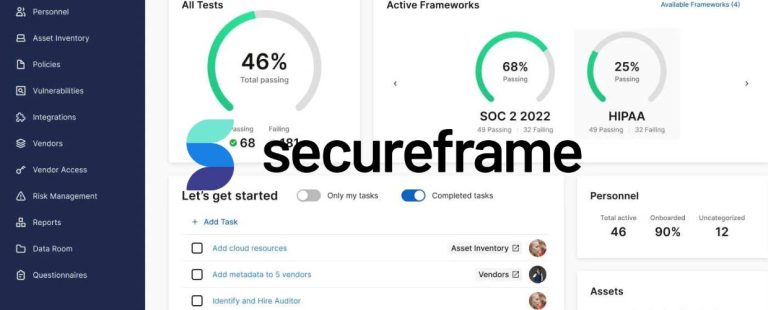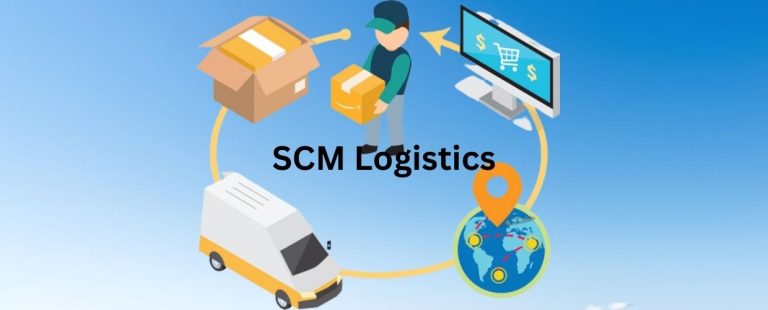In today’s data-driven business landscape, organizations rely on Business Intelligence (BI) to transform raw data into valuable insights for informed decision-making. This article explores the significance of a Business Intelligence framework, its key components, and how it enables organizations to leverage data effectively.
Understanding the Business Intelligence Framework
A Business Intelligence framework is a roadmap for organizations to structure their BI initiatives effectively. It encompasses a series of processes, methodologies, and tools that support data collection, analysis, and interpretation. The framework helps organizations align their data strategy with business objectives, establish governance, and deliver actionable insights to stakeholders. A Business Intelligence framework systematically harnesses data, analytics, and technology to drive organizational success.
Key Components of a Business Intelligence Framework
The key components of a business intelligence framework are data integration, data warehousing, data analysis, and reporting.
Data Integration and Extraction
Data integration and extraction are foundational components of a Business Intelligence framework. It involves gathering data from various sources, including internal systems, external databases, and third-party platforms. Data integration ensures that data is consolidated and transformed into a consistent format suitable for analysis.
Data Warehousing and Storage
Data warehousing involves the organization and storage of data in a central repository. A data warehouse acts as a single source of truth, allowing for efficient data retrieval and analysis. It provides a structured framework for storing historical and current data, enabling organizations to perform complex queries and generate accurate reports.
Data Modeling and Analysis
Data modeling involves the process of structuring data to facilitate meaningful analysis. It includes designing data schemas, establishing relationships between elements, and creating data models for reporting and analysis. Analysis tools and techniques are applied to extract insights, identify trends, and make data-driven decisions.
Data Visualization and Reporting
Data visualization and reporting bring data to life through compelling visual representations. This component transforms data into interactive dashboards, charts, graphs, and reports. Visualization tools enable stakeholders to explore data intuitively, gain insights at a glance, and communicate findings effectively.
Performance Management and Measurement
Performance management and measurement involve monitoring key performance indicators (KPIs) and tracking progress toward organizational goals. This component enables organizations to define and measure success, compare actual performance against targets, and take corrective actions. Performance management aligns BI initiatives with strategic objectives, driving continuous improvement.
Leveraging the Business Intelligence Framework
Leveraging the Business Intelligence Framework can help businesses gain a competitive edge by providing valuable insights into their operations and market trends.
Strategic Decision-Making
A Business Intelligence framework empowers organizations to make strategic decisions based on accurate and timely information. By leveraging data analytics, organizations can better understand market trends, customer behavior, and operational efficiency. It enables executives and managers to make data-driven decisions that support business growth and competitive advantage.
Enhanced Operational Efficiency
Using a Business Intelligence framework efficiently enables organizations to streamline processes, identify bottlenecks, and optimize operations. Organizations can identify inefficiencies, reduce costs, and improve productivity by analyzing operational data. Real-time monitoring and reporting enable timely interventions and course corrections, ensuring smooth operations.
Improved Customer Insights
A Business Intelligence framework enables organizations to gain valuable insights into customer behavior, preferences, and needs. Organizations can identify patterns, personalize offerings, and enhance customer experiences by analyzing customer data. It leads to improved customer satisfaction, loyalty, and revenue generation.
Forecasting and Predictive Analytics
Business Intelligence frameworks facilitate forecasting and predictive analytics, enabling organizations to anticipate future trends and make proactive decisions. Organizations can forecast demand, optimize inventory levels, and identify emerging market opportunities by leveraging historical data and advanced analytics techniques. It helps organizations stay ahead of the competition and seize new business opportunities.
Data Governance and Compliance
A Business Intelligence framework incorporates data governance and compliance practices. It ensures data accuracy, integrity, security, and regulatory compliance. Data governance establishes policies, procedures, and controls for data management, ensuring data is trustworthy, accessible, and protected.
Conclusion
A Business Intelligence framework provides organizations a structured approach to harnessing and transforming data into actionable insights. By integrating data, establishing a centralized repository, modeling and analyzing data, visualizing insights, and monitoring performance, organizations can leverage data effectively to drive success. The framework enables strategic decision-making, enhances operational efficiency, improves customer insights, facilitates forecasting, and ensures data governance and compliance. Embracing a Business Intelligence framework empowers organizations to thrive in the data-driven era, gain a competitive edge, and achieve their business objectives.


